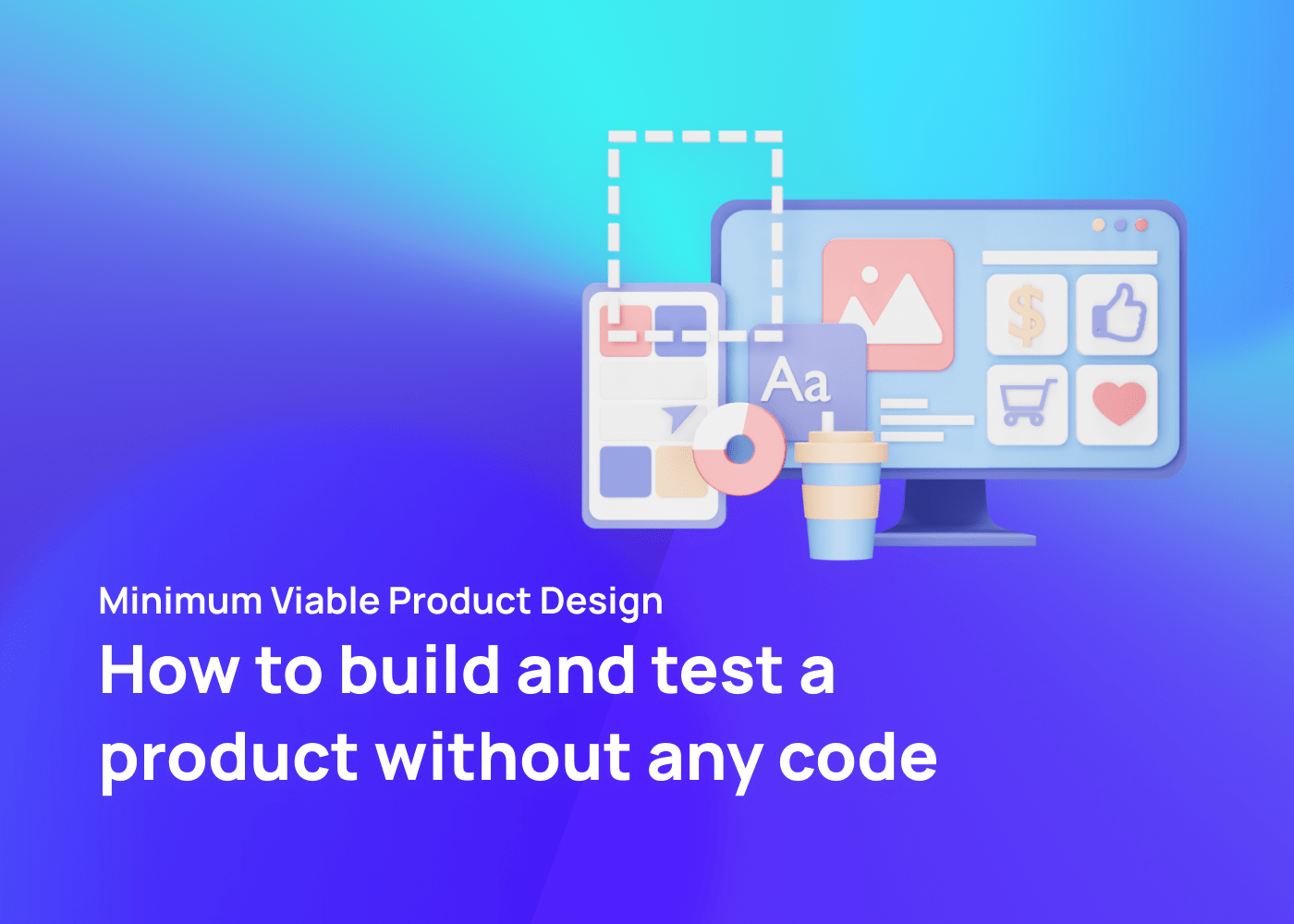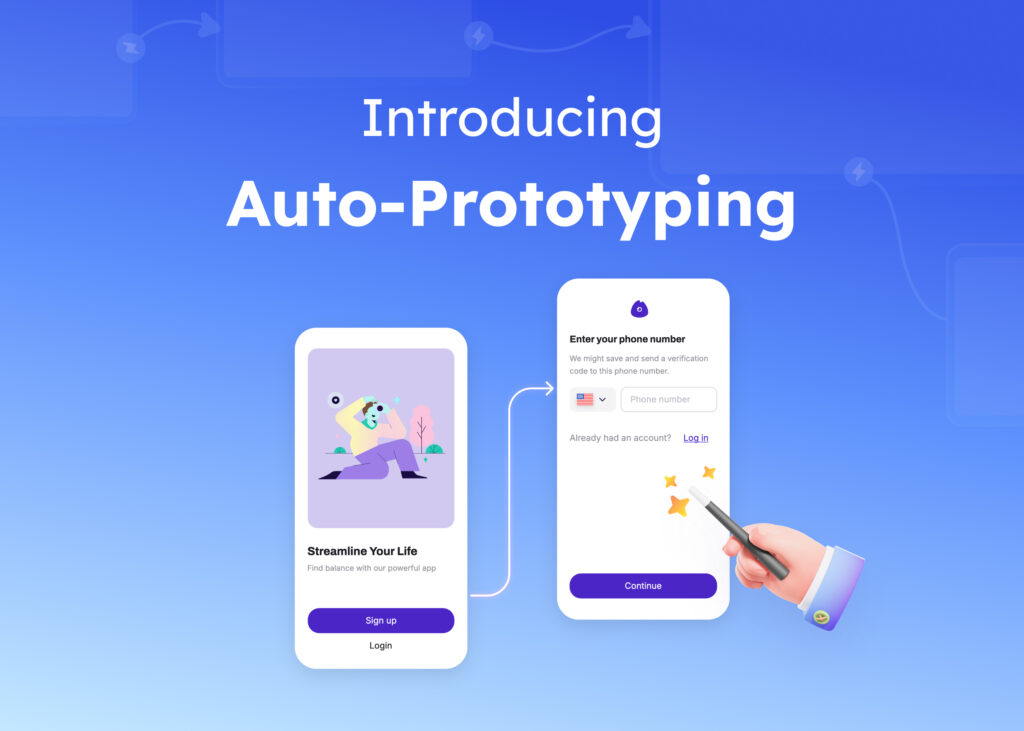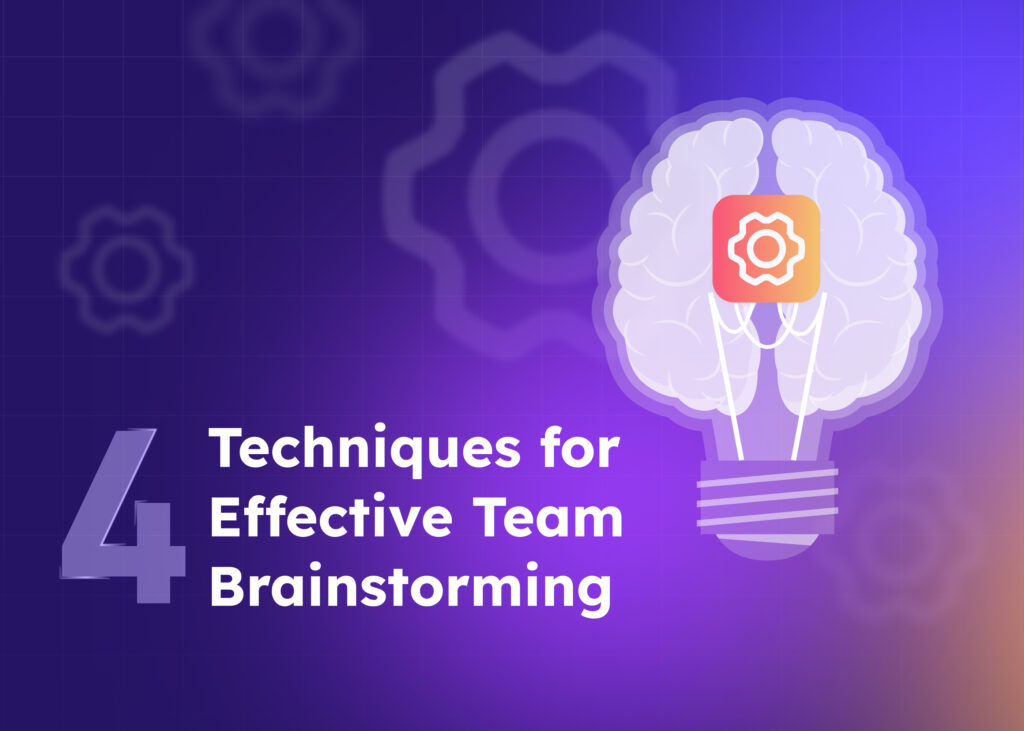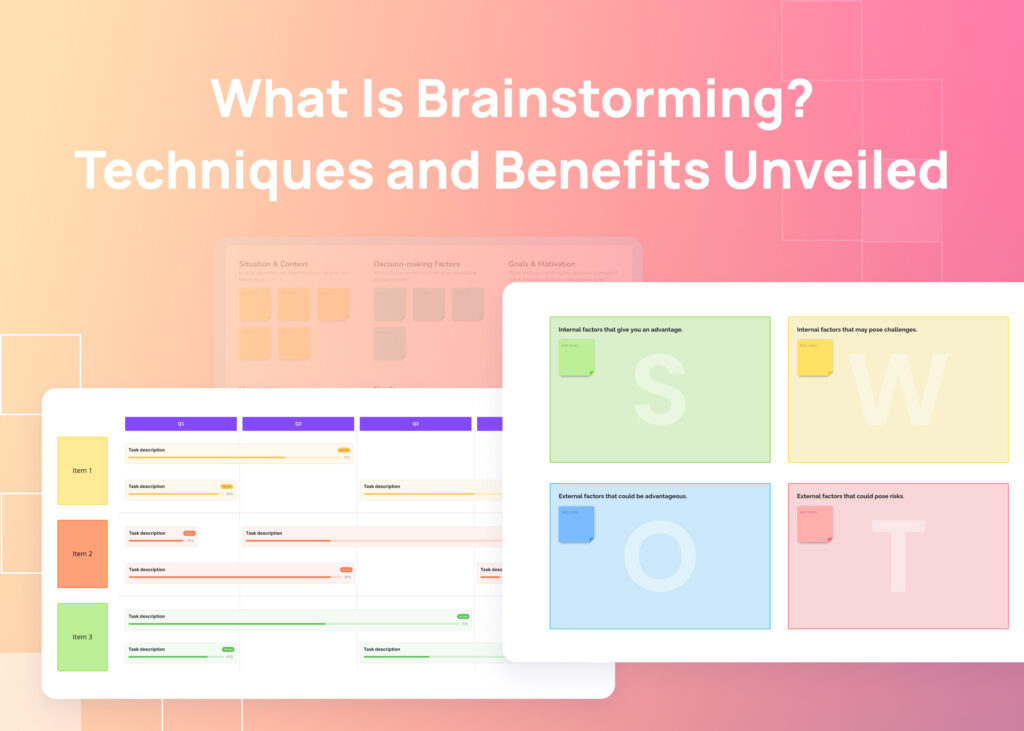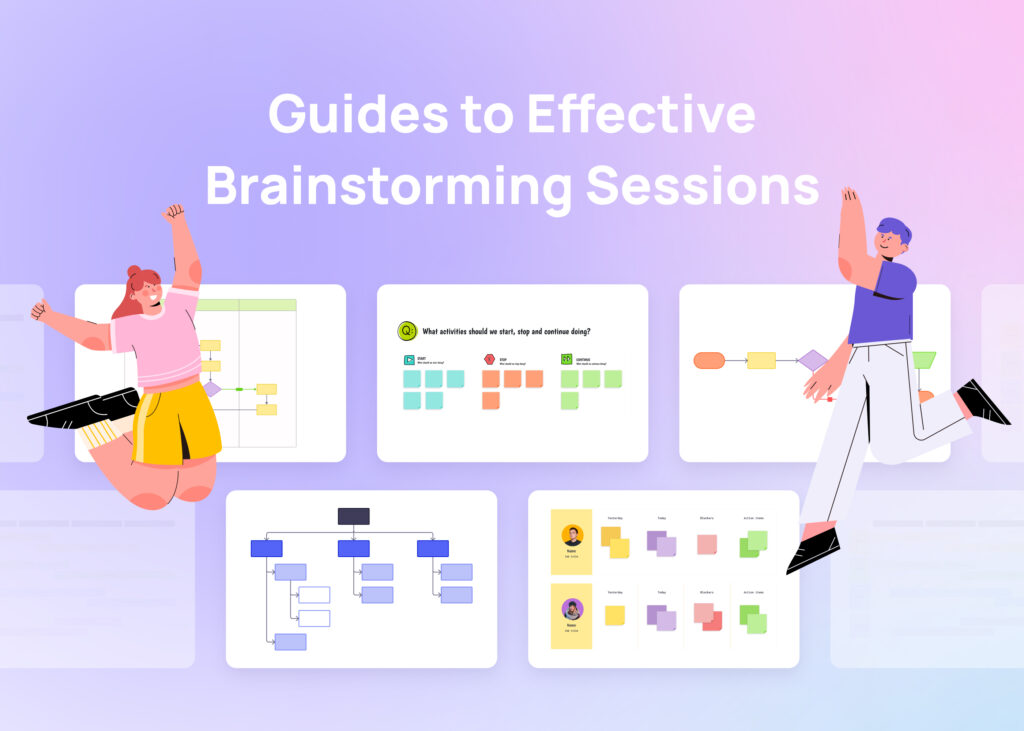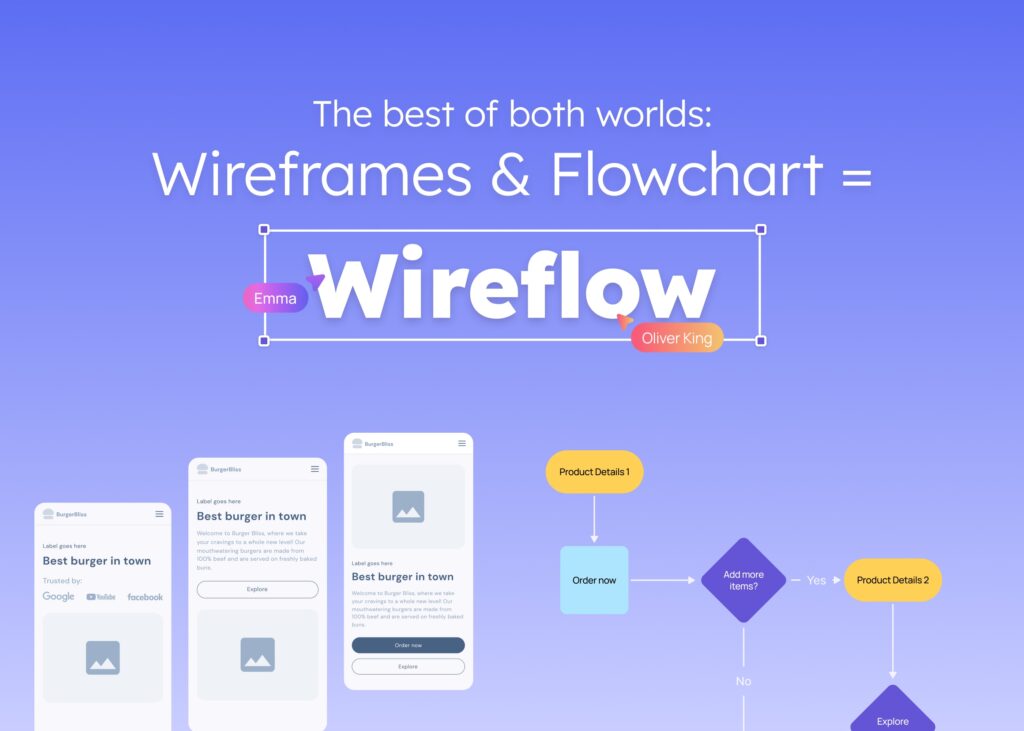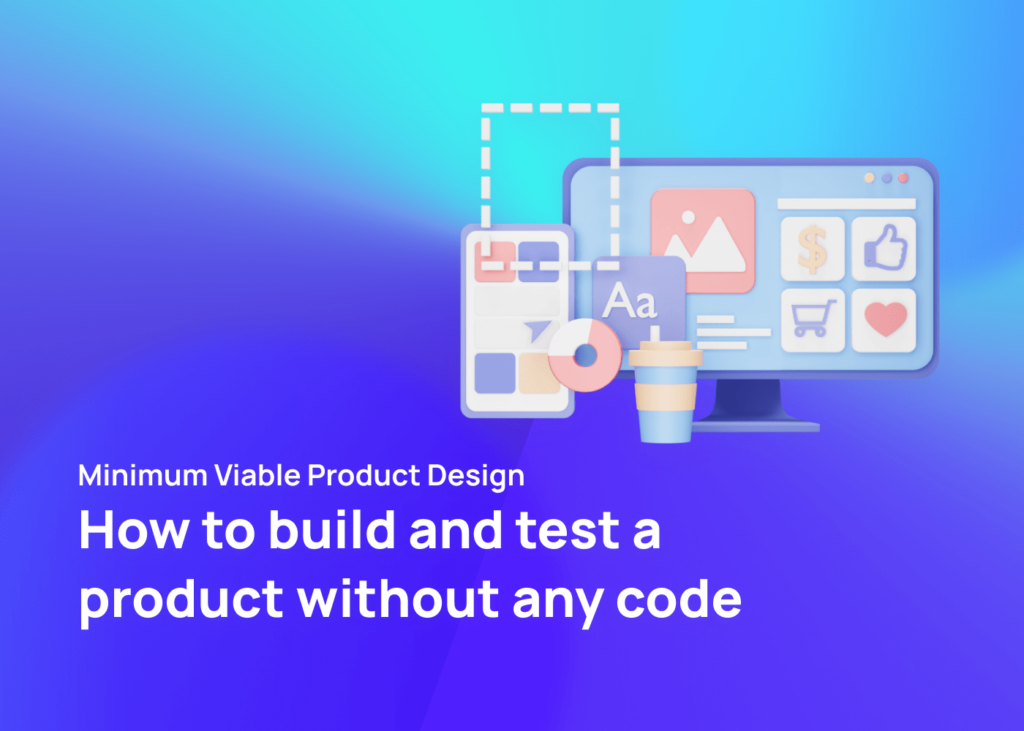
Imagine launching a product that’s stripped down to its most essential features, yet still manages to captivate early adopters. Welcome to the world of minimum viable product (MVP) design—a game-changing strategy that champions feedback-driven refinements.
Curious about how this lean methodology is reshaping the product design landscape? Let’s dive in to learn more.
What is a minimum viable product?
A minimum viable product is a foundational concept in the realm of product development. It represents the most basic version of a product that can be released to the market. But what does this really mean?
Imagine you’re crafting a solution to a problem. Instead of spending years perfecting it with all the bells and whistles, you’d first want to ensure that your core solution is valid and that there’s a genuine demand for it. This is where the MVP comes into play. It’s about identifying and implementing the essential features that address the primary needs of your users, ensuring that the product is both functional and valuable right out of the gate.
The MVP is not a stripped-down, inferior version of the final product. Rather, it’s a strategic approach to product development. By focusing on the core functionalities, it allows creators to launch faster, gather user feedback, and iterate effectively. This iterative process is crucial. It means that instead of assuming what users want, developers and designers can make informed decisions based on actual user interactions and feedback.
To visualize the MVP concept, consider a transportation analogy. Initially, the goal is to move from point A to point B. A tricycle can achieve this, even if it’s not the fastest or most efficient mode. As needs evolve and feedback is gathered, the tricycle might transition to a bicycle, offering more speed and requiring more skill. Eventually, with further refinement and technological advancements, it could become a car, providing even greater speed, comfort, and additional features. At each stage, the primary goal remains the same—transportation—but the method and features evolve based on feedback and advancements.
In essence, MVP design is a dynamic approach to product development, ensuring that products are not only launched efficiently but also resonate with the target audience from the very beginning. It’s a balance of speed, efficiency, and user-centricity, paving the way for products that truly meet market demands.
The strategic advantages of MVP in product design
Quicker time to market
One of the standout benefits of MVPs is their ability to significantly reduce the time it takes for a product to reach the market. Rather than waiting for a fully-fledged product, businesses can swiftly introduce their MVP to users. This rapid deployment allows companies to immediately gather invaluable user feedback. By doing so, they can iterate and refine their product in real-time, ensuring it evolves based on actual user needs and preferences, all while keeping initial investments in check.
Placing users at the forefront of design decisions
The essence of an MVP revolves around its users. By focusing on delivering the most vital features first, MVPs ensure that the product resonates with its target audience right from its initial release. This user-centric approach guarantees that the product addresses the most pressing needs, challenges, and desires of its users, fostering loyalty and enhancing user satisfaction.
Maximizing efficiency through smart resource management
Adopting an MVP mindset means embracing efficiency. Concentrating efforts on pivotal features ensures that resources—be it time, finances, or employee bandwidth—are used optimally. This strategic allocation prevents the pitfalls of overextending on features that may not align with user expectations or market demands, ensuring a higher return on investment.
Harnessing the power of real-time user insights
By launching a foundational version of the product, businesses create an avenue for continuous learning. This feedback loop, fueled by actual user experiences and insights, empowers developers to make informed enhancements. Such a dynamic and responsive approach ensures that the product evolves in tandem with user expectations, leading to a more refined and user-aligned product over time.
Now that we’ve established why MVPs are such an effective approach to product design, let’s look at some real-world success stories.
Real-world examples of MVPs
Airbnb: A simple solution that transformed the travel industry
When the founders of Airbnb were struggling to pay rent, they came up with an idea to rent out air mattresses in their living room to conference attendees. This simple concept of offering their own apartment as a short-term lodging solution was their MVP. By creating a basic website showcasing photos of their space and promoting it to a niche audience, they were able to validate the demand for peer-to-peer housing rentals. This initial success and validation provided the foundation for Airbnb’s expansion, leading to the global home-sharing platform we recognize today.
Foursquare: From check-ins to a comprehensive social exploration tool
Foursquare’s journey began with a singular, straightforward feature: allowing users to “check-in” at different locations. This MVP was designed to test the waters and see if users were interested in sharing their whereabouts with friends. As the platform gained traction, the team collected user feedback and observed behavioral patterns. This feedback-driven approach led to the introduction of badges, leaderboards, and recommendations, transforming Foursquare from a simple check-in app to a comprehensive tool for social exploration and discovery.
Dropbox: Validating demand with a demo video
Before building a fully functional product, Dropbox’s founder, Drew Houston, created a simple demo video showcasing how the product would work. This video served as an MVP, aiming to gauge interest and gather feedback. The overwhelming positive response to the video demonstrated a clear market demand, guiding the team’s subsequent development efforts and resulting in the widely-used file-sharing platform we have today.
Zappos: Testing the online shoe market with a hands-on approach
Before becoming a giant in the online retail space, Zappos started as an MVP to test a hypothesis: Would people buy shoes online? The founder, Nick Swinmurn, took photos of shoes from local stores and posted them online. When someone ordered, he would buy the shoes from the store and ship them. This manual process validated the demand for online shoe shopping, leading to the establishment of Zappos as a full-fledged e-commerce platform.
Each of these examples underscores the power of starting small, validating ideas, and iterating based on real-world feedback. The MVP approach allows businesses to minimize risks while maximizing the potential for success in the market.
MVPs, templates, and the future of product design
The strategic use of design templates are the perfect complement to an MVP approach to product design. When used effectively, these templates can significantly streamline the process, ensuring that products not only reach the market faster but also resonate deeply with their intended audience.
Templates are more than just pre-constructed designs; they are accelerators. They provide non-designers with a foundational starting point, allowing them to visualize, iterate, and refine their product ideas without the need to start from ground zero. This is particularly beneficial in the MVP approach, where the goal is to launch a product swiftly to test its viability.
Visily, a leading UI design platform, has championed the integration of templates in the MVP design process. Its extensive library, brimming with high-quality design templates, is a testament to its commitment to aiding teams in their MVP journey. Each template in Visily’s collection is a culmination of modern design principles, user-centricity, and adaptability. They serve as dynamic blueprints that can be tailored to fit a range of industries and user preferences.
But Visily’s offerings don’t stop at templates. Their platform is further enhanced with AI-driven tools that seamlessly integrate with these templates. The Screenshot Editor AI, for example, empowers teams to effortlessly transform screenshots into editable designs. This is particularly beneficial for teams looking to quickly iterate based on real-world visuals or feedback—instead of starting from scratch, they can simply upload a screenshot and begin refining.
Additionally, the Sketch-to-Wireframe AI tool is a game-changer for those who prefer sketching their initial ideas on paper. With this tool, hand-drawn sketches can be instantly converted into digital wireframes, bridging the gap between traditional brainstorming and digital design.
Ultimately, the marriage of MVPs and design templates represents a promising trajectory for the world of product design. It’s a journey that prioritizes user value, efficiency, and continuous improvement. As businesses and designers embrace this approach, they are not just launching products; they are crafting experiences, building relationships, and setting the stage for sustained success in the market.
Ready to see for yourself how Visily can accelerate your MVP design process? Sign up for free today!




